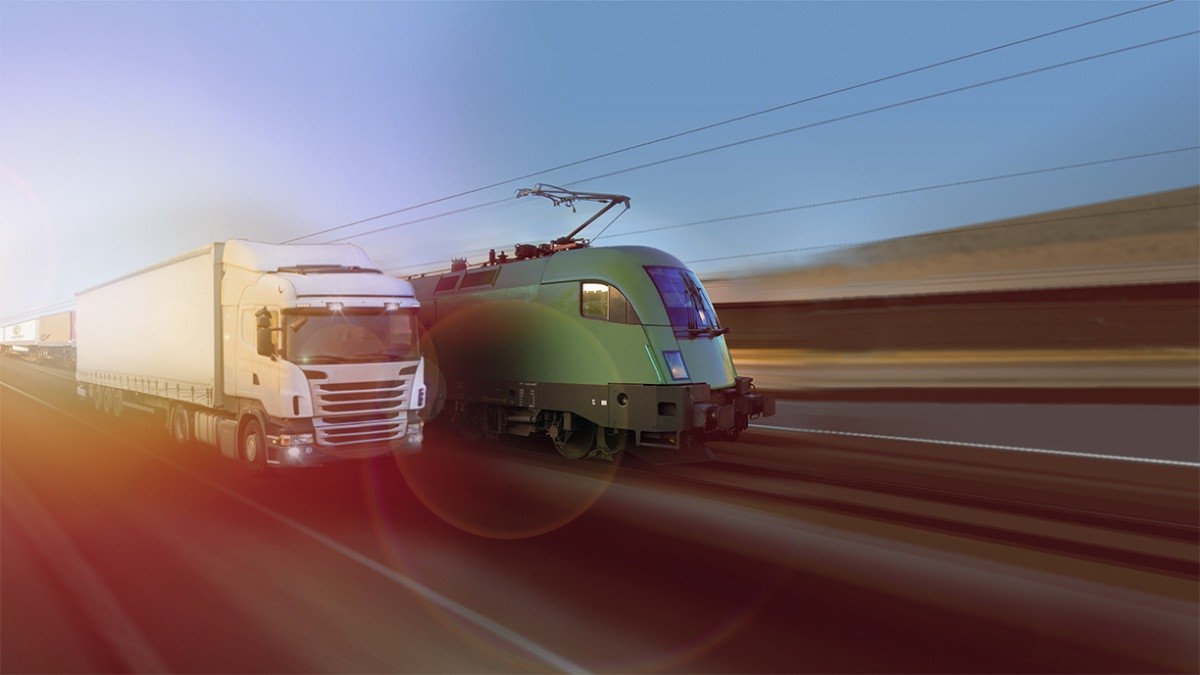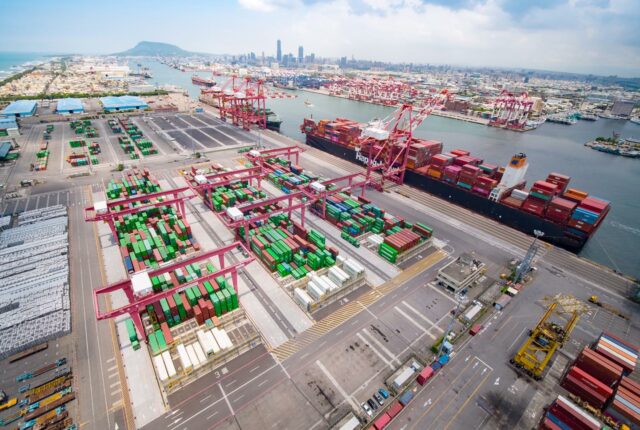
How Automation is Transforming the Road and Rail Freight Industries
The road and rail freight industries are the lifeblood of global commerce, ensuring that goods reach their destinations efficiently and on time. However, with growing demand, these industries face numerous challenges, including labor shortages, rising operational costs, and the need for improved safety measures.
Enter automation—a technological revolution that promises to reshape the way goods are transported by road and rail. From autonomous trucks to predictive maintenance in railways, automation is set to transform these industries, bringing about unprecedented levels of efficiency, safety, and sustainability.
The Role of Automation in Road Freight
Automation is rapidly making its mark on the road freight industry, with various technologies coming into play to enhance efficiency and safety.
Autonomous Trucks and Their Impact
At the forefront of road freight automation are autonomous trucks. These self-driving vehicles use a combination of sensors, cameras, radar, and AI to navigate roads with minimal human intervention.
Companies like Tesla and Waymo are leading the charge in developing fully autonomous trucks that can transport goods across vast distances. The benefits of autonomous trucks are numerous: they can operate 24/7 without the need for breaks, reducing delivery times, and they minimize the risk of accidents caused by human error.
Advanced Driver Assistance Systems (ADAS)
While fully autonomous trucks are still in the testing phase, many freight companies are already reaping the benefits of Advanced Driver Assistance Systems (ADAS). These systems, which include features like adaptive cruise control, lane-keeping assistance, and automatic braking, help drivers maintain safety and efficiency on the road.
Fleet Management Systems
Automation isn’t limited to the vehicles themselves; it’s also transforming how fleets are managed. Automated fleet management systems allow companies to monitor their vehicles in real-time, optimizing routes, scheduling maintenance, and even predicting potential mechanical issues before they occur.
This level of oversight helps reduce downtime, lowers operational costs, and ensures that deliveries are made on time.
The Role of Automation in Rail Freight
Just as automation is revolutionizing road freight, it’s also bringing significant changes to the rail freight industry.
Automated Trains and Their Capabilities
Automated trains, or driverless trains, are increasingly being adopted in rail freight. These trains use advanced control systems to manage speed, braking, and route selection, all without the need for a human driver.
The benefits are clear: automated trains can operate more efficiently, with fewer delays and improved fuel efficiency. This technology is particularly valuable in long-haul freight, where consistency and reliability are paramount.
Predictive Maintenance in Railways
One of the most significant advantages of automation in rail freight is predictive maintenance. By using sensors and AI, rail companies can monitor the condition of trains and tracks in real-time, identifying potential issues before they lead to costly breakdowns.
Automation in Rail Yard Operations
Automation is also making its way into rail yards, where it is streamlining the loading and unloading of goods. Automated systems can now handle these tasks with precision and speed, reducing the time trains spend in yards and increasing overall efficiency.
Challenges and Concerns with Automation
Despite the numerous benefits, the adoption of automation in the freight industries is not without its challenges.
Technological Barriers
One of the primary challenges is the technological complexity of implementing and maintaining automated systems. Autonomous vehicles and trains require advanced sensors, AI algorithms, and reliable connectivity to function effectively.
Any failure in these systems could lead to significant disruptions. Furthermore, the integration of new technologies with existing infrastructure can be both time-consuming and costly.
Regulatory and Legal Challenges
The regulatory landscape for automated freight systems is still evolving. Governments and regulatory bodies must establish clear guidelines to ensure the safe operation of autonomous vehicles and trains.
This includes setting standards for vehicle testing, defining liability in the event of accidents, and ensuring that automated systems comply with existing transportation laws.
Job Displacement and Workforce Transition
One of the most pressing concerns with automation is its impact on jobs. As automated systems take over tasks traditionally performed by humans, there is a risk of job displacement, particularly among truck drivers and rail workers. However, this doesn’t necessarily mean mass unemployment.
Instead, the workforce will need to transition to new roles, such as overseeing automated systems or maintaining advanced technologies. Retraining and upskilling programs will be essential to help workers adapt to this new landscape.
Automation is undoubtedly transforming the road and rail freight industries, bringing about significant improvements in efficiency, safety, and sustainability. While challenges remain, particularly in terms of technology, regulation, and workforce transition, the potential benefits are too great to ignore.
FAQs
What are the main benefits of automation in freight industries?
Automation in freight industries offers increased efficiency, cost savings, enhanced safety, and environmental benefits through optimized operations and reduced human error.
How does automation affect jobs in the road and rail freight sectors?
Automation may lead to job displacement in some areas, but it also creates opportunities for new roles in overseeing and maintaining automated systems. Workforce retraining will be key to adapting to these changes.
Are there any safety concerns with automated freight systems?
While automation can enhance safety by reducing human error, there are concerns about the reliability of the technology. Ensuring robust systems and clear regulations is essential for safe operation.






